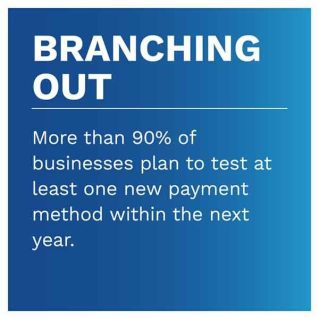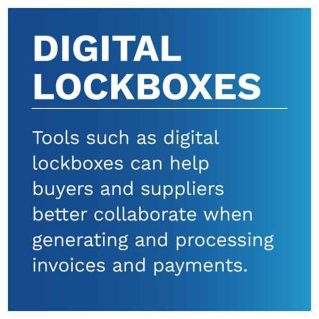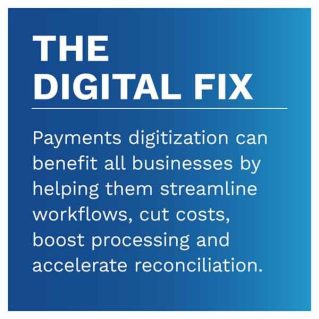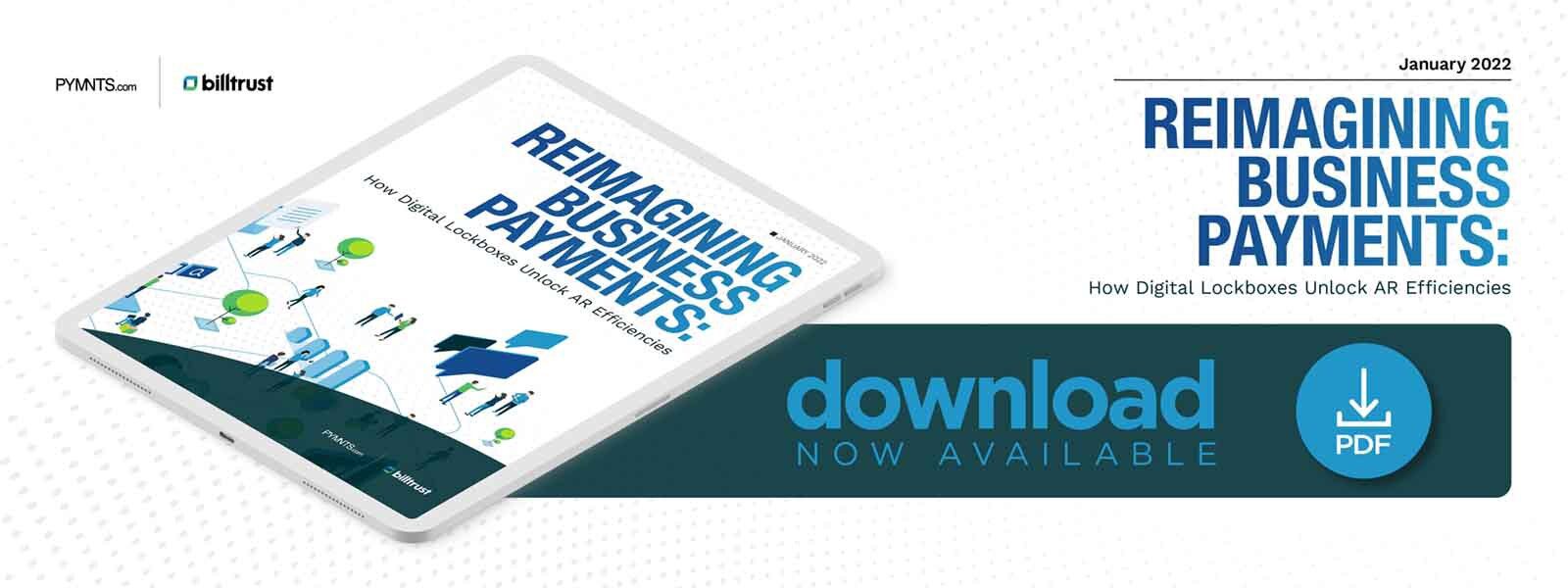Why SmileDirectClub Uses Digital Lockboxes to Streamline Receivables

Companies have dramatically changed the way they conduct business in just a few short years, especially when making and receiving vendor payments. The pandemic and the widespread shift to remote work are likely to remain the status quo for the foreseeable future and have forced both buyers and suppliers to reinvent their accounts receivable (AR) and accounts payable (AP) processes to accommodate what has become a digital-first business environment.
The allure of the paper check as a preferred payment method is gradually diminishing as companies look to improve their cash flows, streamline their AR and AP processes and strengthen collaborations with trading partners. These businesses are turning to digital payments and tools such as business payment networks (BPN) and digital lockboxes to help them manage those payments.
These are among the key findings from Reimagining Business Payments: How Digital Lockboxes Unlock AR Efficiencies, a collaboration between PYMNTS and Billtrust.
As the world becomes more connected and geographic proximity becomes less of a requirement for doing business, company success hinges on ensuring that processes such as invoicing and payments become digitized so that payments can be made and received over long distances safely and efficiently. Based on PYMNTS research, this play-by-play roadmap is for financial professionals who seek a more collaborative process to help reduce the receivables frictions that paper-based payments create.
 More key findings from the playbook include:
More key findings from the playbook include:
Approximately 93% of businesses will try at least one new payment method within the next year, including contactless payments, QR codes or cryptocurrencies. In fact, 63% had already tried a new payment method since March 2020, which shows they are increasingly favoring digital payment methods instead of checks and other paper-based methods.
Eighty-five percent of chief financial officers say their businesses are making more card-enabled digital payments than in March 2020. Credit card-enabled digital payments made via supplier portals or digital wallets have experienced the most significant increase in usage of any payment type since the pandemic began.
Ninety-one percent of CFOs say accelerating their organization’s payments digitization has made payment operations more efficient. These companies also believe optimized AR and AP processes are critical to maintaining healthy balance sheets, owing primarily to digital payment technologies that simplify and streamline their payment flows.
The status quo of slower payments and cash application will remain slow, and that may be enough to inspire prospective customers to go elsewhere. As a result, organizations are being forced to find ways to encourage collaboration between buyers and suppliers, optimize transactions and reduce the work involved in sending, receiving and reconciliating payment information.
To learn more about using digital lockboxes as a central collection and distribution point for incoming payments and how their deployment can lead to transformative changes such as increased customer satisfaction and better overall financial processes, download the report.
